Checking the engine oil level
1. Warm up the engine to normal operating temperature.
Note: If the car has been parked for a long time, warm up the engine for approximately 20 minutes.
2. Park the vehicle on a level, level surface.
3. Turn off the engine and wait five minutes.
4. Remove the oil dipstick and wipe it with a cloth.
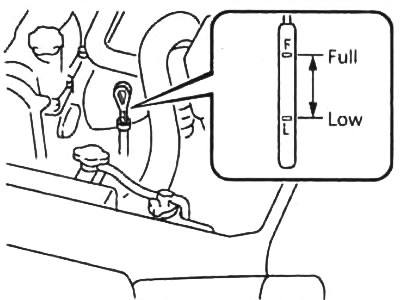
5. Install the oil dipstick.
6. Remove the dipstick and check the oil level in the crankcase. The oil level must be between the marks "F" And "L".
The volume of oil between the marks on the dipstick is approximately 2 liters.
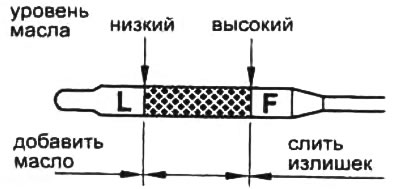
If the oil level is below the mark "L", check for leaks and add oil of the same type that was filled into the engine, up to the mark "F" through the oil filler neck.
7. Check the O-ring on the dipstick. If the O-ring is damaged, replace it.
Note:
- Avoid overfilling oil, otherwise the engine may be damaged.
- Always check the oil level after adding oil.
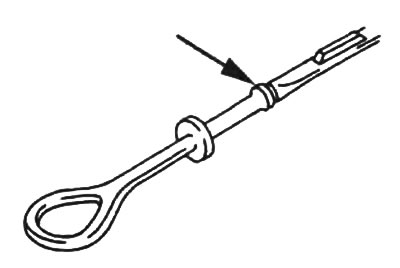
Engine oil selection
1. Use oil recommended by the manufacturer.
Oil quality:
- for AP1 - CD and above
- according to ACEA - B1, B3, 35
- according to Ford specification - WSS-M2C913-B
Note: in the AP1 classification, the first letter indicates the type of engine for which the oil is intended: C - for diesel engines, S - for gasoline engines. Oil quality (oil class) the higher, the further from the beginning of the English alphabet the second letter is located.
2. Viscosity (SAE) select according to the temperature range chart corresponding to the operating conditions of the car until the next oil change.
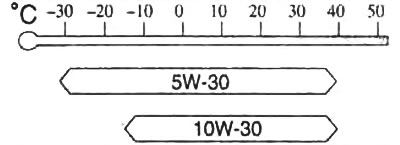
Changing engine oil and filter
Caution: To avoid burns, change the engine oil when the engine is cold.
Note:
- When changing the engine oil, it is also recommended to replace the oil filter with a new one.
- Although the manufacturer's recommended engine oil change interval is 20,000 km, it is recommended to change the engine oil more frequently.
- the frequency of replacing engine oil for turbocharged engines for Russian operating conditions is 7500-10000 km.
1. Warm up the engine to operating temperature and turn it off.
2. Remove the engine oil filler cap.
3. Remove the drain plug on the oil pan.
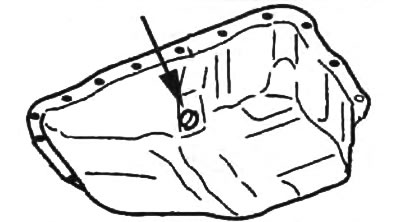
4. Drain the oil into a suitable container.
5. Using a puller, remove the oil filter.
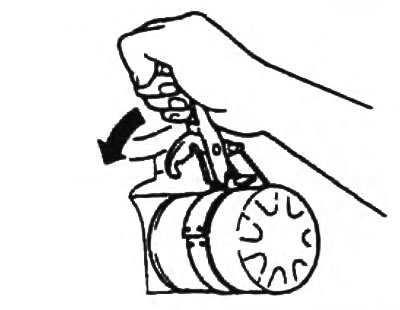
6. Use a clean rag to wipe the surface of the oil cooler mating with the filter.
7. Apply a small amount of engine oil to the rubber sealing ring of the new filter.
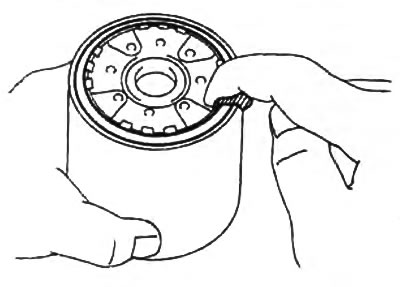
8. Install the new filter and hand tighten until the O-ring is fully seated against the oil cooler mating surface.
9. Using a puller, tighten the oil filter 3/4 turn.
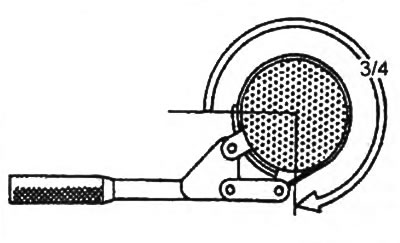
Note: in the absence of a puller, the filter can be tightened by hand, after putting on a rubber or leather glove.
- Tightening torque - 18-21 Nm
Oil filter parameters:
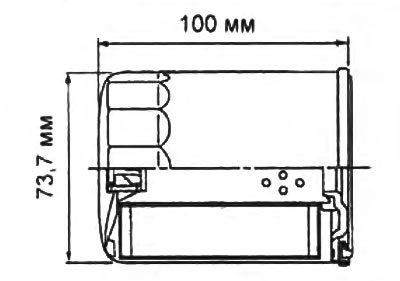
10. Install a new drain plug gasket and tighten the oil pan drain plug.
- Tightening torque - 30-41 Nm
11. Fill the engine with new oil.
Note:
- See the subsection for the type and recommended viscosity of the oil "Engine oil selection".
- When filling engine oil, always check the oil level with a dipstick. Do not exceed the maximum oil level (label "FULL" on the dipstick).
Filling capacity:
- dry engine - 8.0 l
- with filter change - 7.0 l
- without filter replacement - 6.8 l
12. Install the oil filler cap.
13. Check the oil level and make sure there are no leaks with the engine off and running.
